Description
JAMES HOLDEN was born at Whitstable, Kent, in 1837. His mother was the sister-in-law of EDWARD FLETCHER. (1807-1899) who at that time was in charge of the solitary steam locomotive, Invicta, and the stationary steam engines which hauled trains up the inclines on the Canterbury & Whitstable Railway
Edward Fletcher was apprenticed to Robert Stephenson & Co., locomotive builders of Newcastle, aged 18. in 1825. He played a considerable part in building both Rocket and Invicta, being involved in trials of the former at Kilingworth Colliery, before it was sent to Liverpool. and in 1830, he was sent south with Invicta to open the Canterbury and Whitstable line. He left to work on the construction of the York & North Midland Railway, under Thomas Cabry in 1837, having married the previous year. He was appointed Locomotive Superintendent of the Newcastle & Darlington Junction Railway, which became the York, Newcastle & Berwick Railway in 1847, with workshops at Gateshead, where Fletcher accepted the young Holden as an apprentice in the early 1850’s himself becoming Locomotive Superintendent of the newly formed North Eastern Railway, in 1854.
Following his apprenticeship and experience in the timber trade, Holden spent nearly 20 years in the Great Western Railway Carriage & Wagon Dept. becoming manager of the company’s rolling stock works at Swindon, where his assistant was G. J. Churchward. Holden next became Assistant to William Dean, the Loco. Carriage & Wagon Engineer, during which time he designed an experimental oil-fired tank locomotive.. In 1885, Holden was appointed L.C.&W. Engineer of the Great Eastern Railway, based at Stratford Works, London.
This article by James Holden describes the system of oil-firing steam railway locomotives which he patented in 1891. The on board equipment was very simple, and could easily be removed if it was desired to return the locomotive to coal burning. The fuel was derived from a waste product of the plant which produced oil gas for carriage lighting, disposal of which was causing a water pollution problem. Around 80 locomotives and tenders were equipped at the peak period, but the replacement of oil gas with town gas or electricity as an illuminant cased the supply of cheap fuel to disappear (commercial alternatives were too expensive.)
- Explanatory notes by Stuart Rankin, This article is an off print from a comparatively short lived monthly publication Enginering Magazine, which first appeared in 1898.
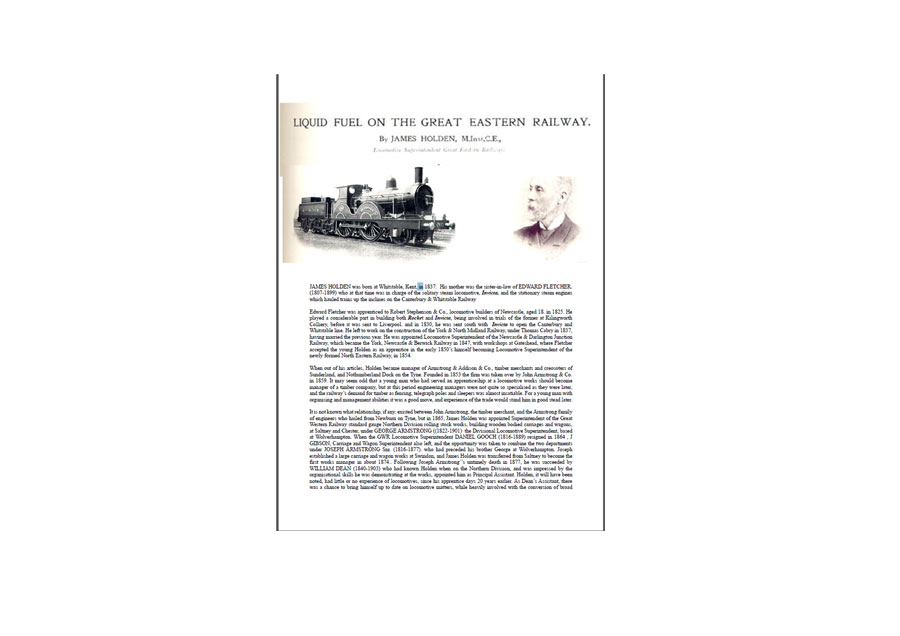
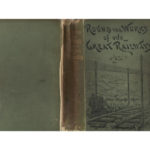
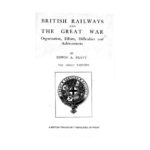

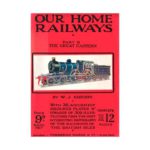
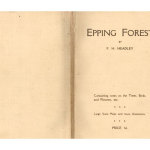
Reviews
There are no reviews yet.